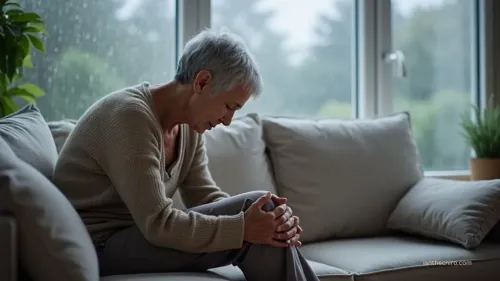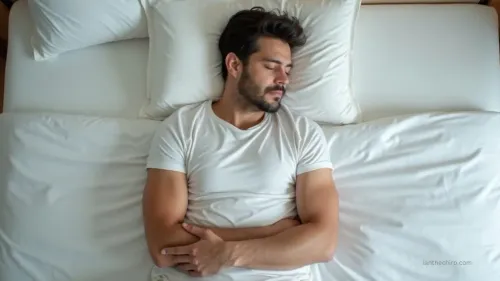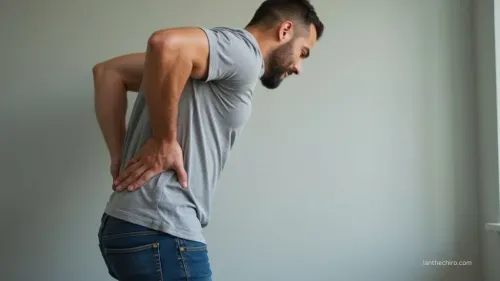Understanding Herniated Intervertebral Discs (Slipped Discs)
Are you experiencing lower back pain, sciatica, or pain in the back of your knee? It could be due to a herniated intervertebral disc, also known as a slipped disc.
This common condition affects millions of people worldwide and can be debilitating. Fortunately, there are ways to treat slip disc and relieve the pain.
What is a herniated intervertebral disc?
The spine is made up of 33 vertebrae, which are separated by intervertebral discs. These discs act as shock absorbers and help maintain the flexibility and stability of the spine.
A herniated intervertebral disc occurs when the soft, jelly-like material inside the disc protrudes through a tear in the tough outer layer. This can put pressure on nearby nerves, causing pain, numbness, or weakness in the affected area.
Symptoms of a slipped disc in the lower back

When a disc in the lower back is herniated, it can cause a range of symptoms, including:
Pain in the lower back that may radiate down the leg
Numbness or tingling in the leg or foot
Weakness in the leg or foot
Difficulty standing or walking
Loss of bladder or bowel control (in severe cases)
Ways to treat slip disc
1. Chiropractic care
Chiropractic care is a non-invasive treatment option that can help relieve slip disc pain. A chiropractor will perform adjustments to promote movement in the joints and alleviate pressure on the affected disc. Chiropractic care can also improve range of motion, reduce inflammation, and promote healing.
2. Physiotherapy
Physiotherapy or also known as physical therapy can help strengthen the muscles in the lower back, improve flexibility, and reduce pain. A physiotherapist can develop a customized exercise plan to target your specific needs and help you recover from a slipped disc. Curious about the difference between chiropractic and physiotherapy? Find out which one is for you here.
3. Medications
Over-the-counter pain medications such as ibuprofen or acetaminophen can help relieve slip disc pain. In some cases, prescription medications may be necessary to manage more severe pain or inflammation.
4. Surgery
Surgery is usually only recommended for severe cases of herniated discs that do not respond to other treatments. Surgery may involve removing the damaged portion of the disc or fusing two vertebrae together to stabilize the spine.
Preventing slip disc
While it's not always possible to prevent a slipped disc, there are some steps you can take to reduce your risk, including:
Maintaining ‘good posture’
Using proper lifting techniques
Staying active and exercising regularly
Avoiding prolonged sitting or standing
Maintaining a healthy weight
Take Action!
If you are experiencing back pain or other symptoms of a slipped disc, it's important to seek treatment as soon as possible. Ian The Chiro is a chiropractic clinic in Cheras that specializes in spinal care and can help you find relief from back pain. Our team of experienced chiropractors will work with you to develop a personalized treatment plan that addresses your specific needs.
Contact us today to schedule an appointment and start your journey to a pain-free life!
Reference:
Maurer, E., Klinger, C., Lorbeer, R., Rathmann, W., Peters, A., Schlett, C. L., Nikolaou, K., Bamberg, F., Notohamiprodjo, M., & Walter, S. S. (2020). Long-term effect of physical inactivity on thoracic and lumbar disc degeneration-an MRI-based analysis of 385 individuals from the general population. Spine Journal, 20(9), 1386-1396. https://doi.org/10.1016/j.spinee.2020.04.016













